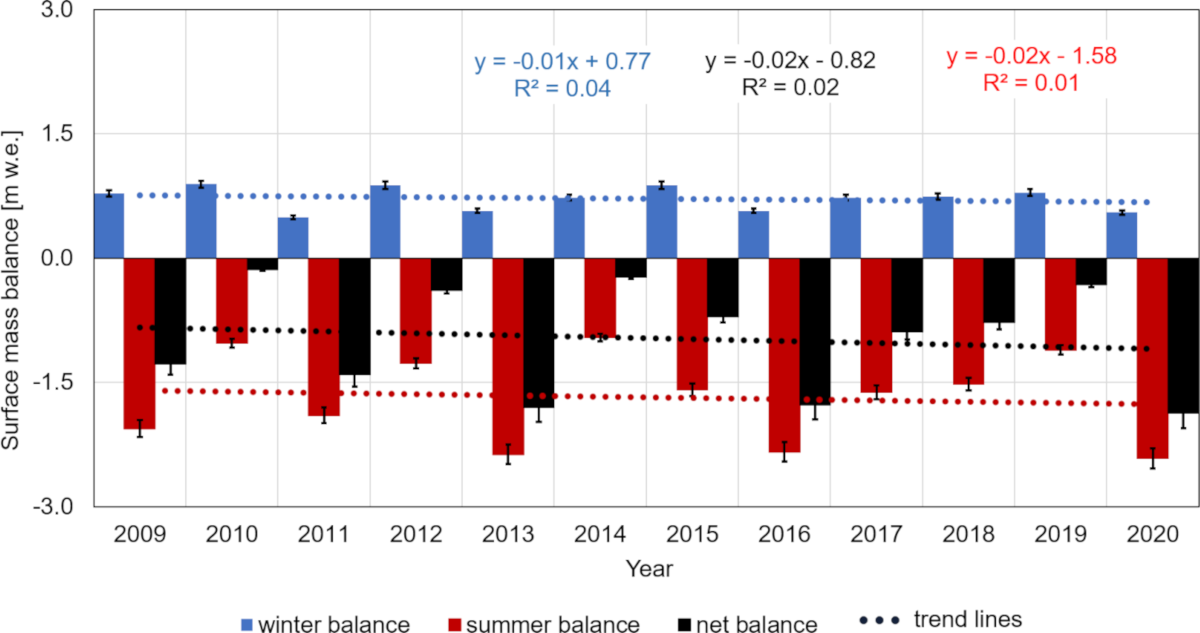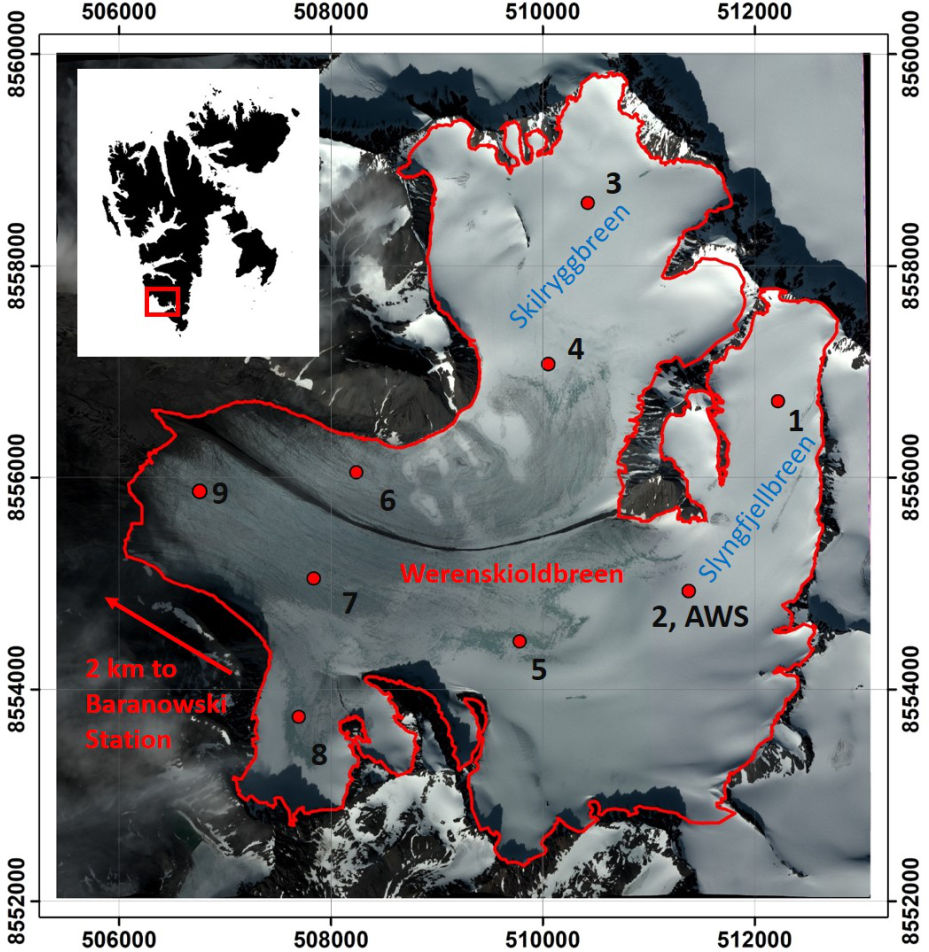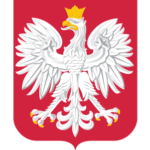Results of studies conducted by the employees of our Institute in cooperation with Dr. Łukasz Stachnik from the University of Wrocław were published in “Earth System Science Data”.This paper presents details of the glaciological and meteorological dataset (2009–2020) from the Werenskioldbreen (Svalbard). These high-quality and long-term observational data already have been used to assess hydrological models and glaciological studies. The objective of releasing these data is to improve their usage for calibration and validation of the remote sensing products and models, as well as to increase data reuse.
Ignatiuk, D., Błaszczyk, M., Budzik, T., Grabiec, M., Jania, J. A., Kondracka, M., Laska, M., Małarzewski, Ł., and Stachnik, Ł.: A decade of glaciological and meteorological observations in the Arctic (Werenskioldbreen, Svalbard), Earth Syst. Sci. Data, 14, 2487–2500, https://doi.org/10.5194/essd-14-2487-2022, 2022.







